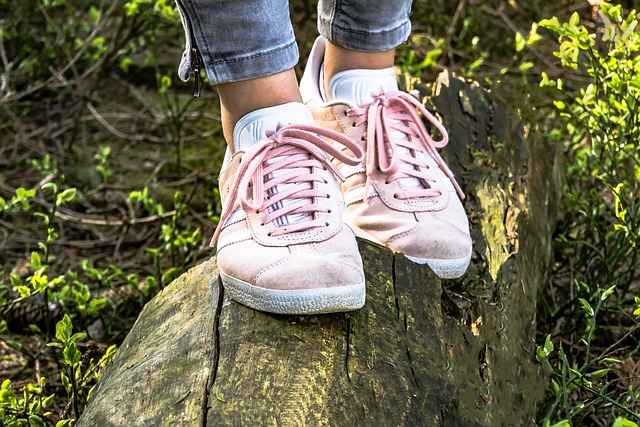Introduction
Selecting the right workout shoes is a crucial step towards achieving your fitness goals while ensuring comfort and safety during exercise. With a myriad of options available, it’s essential to consider various factors to find the perfect fit for your specific needs. In this comprehensive guide, we’ll take you through a step-by-step process to help you make an informed decision when choosing workout shoes.
Determine Your Activity
The type of workout you engage in plays a significant role in the type of shoes you’ll need. For example, running shoes are designed with specific cushioning and support for forward motion, while cross-training shoes offer versatility for a range of activities like weightlifting, HIIT, and agility training. Know the primary focus of your workouts to narrow down your options.
Assess Your Foot Type
Understanding your foot’s structure is essential in finding shoes that provide the right level of support and stability. There are three main foot types: neutral, pronated (flat feet), and supinated (high arches). Visit a specialty shoe store or consult a podiatrist to have your foot type assessed. This knowledge will guide you toward shoes that cater to your specific needs.
Proper Sizing
Ill-fitting shoes can lead to discomfort, blisters, and even injury. It’s crucial to measure your feet regularly, as they can change in size over time. Always try on shoes in the late afternoon or evening when your feet are naturally slightly larger. Aim for a thumb’s width of space between your longest toe and the front of the shoe to ensure proper fit.
Consider Arch Support
Depending on your foot type, you may require varying levels of arch support. Flat-footed individuals may benefit from shoes with built-in arch support or the option to use custom orthotics. High-arched individuals should look for shoes with cushioning to absorb impact. Neutral arches can generally adapt to a wider range of shoe styles.
Test for Flexibility
Workout shoes should offer a balance between flexibility and support. Test the flexibility of potential options by bending the shoe at the ball of the foot. It should provide some resistance, ensuring stability during dynamic movements, yet still allow for natural movement.
Prioritize Cushioning
Cushioning is crucial for shock absorption, especially for activities that involve repetitive impact, such as running or high-intensity cardio. Pay attention to the midsole, which provides the primary cushioning. Look for materials like EVA foam or gel inserts that offer both comfort and support.
Assess Traction
The outsole of the shoe is responsible for providing traction and stability. For activities like running or walking, a moderately textured outsole will suffice. For activities that involve lateral movements, like cross-training or basketball, opt for a shoe with a more pronounced tread pattern for improved grip.
Consider Specialty Features
Some workouts may require specialized features. For example, if you’re an avid runner, look for shoes with breathable mesh uppers to keep your feet cool. If you’re into weightlifting, shoes with a flat, non-compressible sole provide stability during lifts.
Test for Comfort and Support
Once you’ve narrowed down your options, take the time to try on each pair and walk around the store. Pay attention to any pressure points, areas of discomfort, or inadequate support. It’s essential that you feel confident and comfortable in your chosen shoes.
Conclusion
Investing in the right workout shoes is a vital step towards a safe and effective fitness journey. By considering your specific activities, foot type, sizing, arch support, flexibility, cushioning, traction, specialty features, and overall comfort, you can confidently choose the best shoes for your workouts. Remember, finding the perfect fit may take time, but the benefits of proper footwear are well worth the effort.





